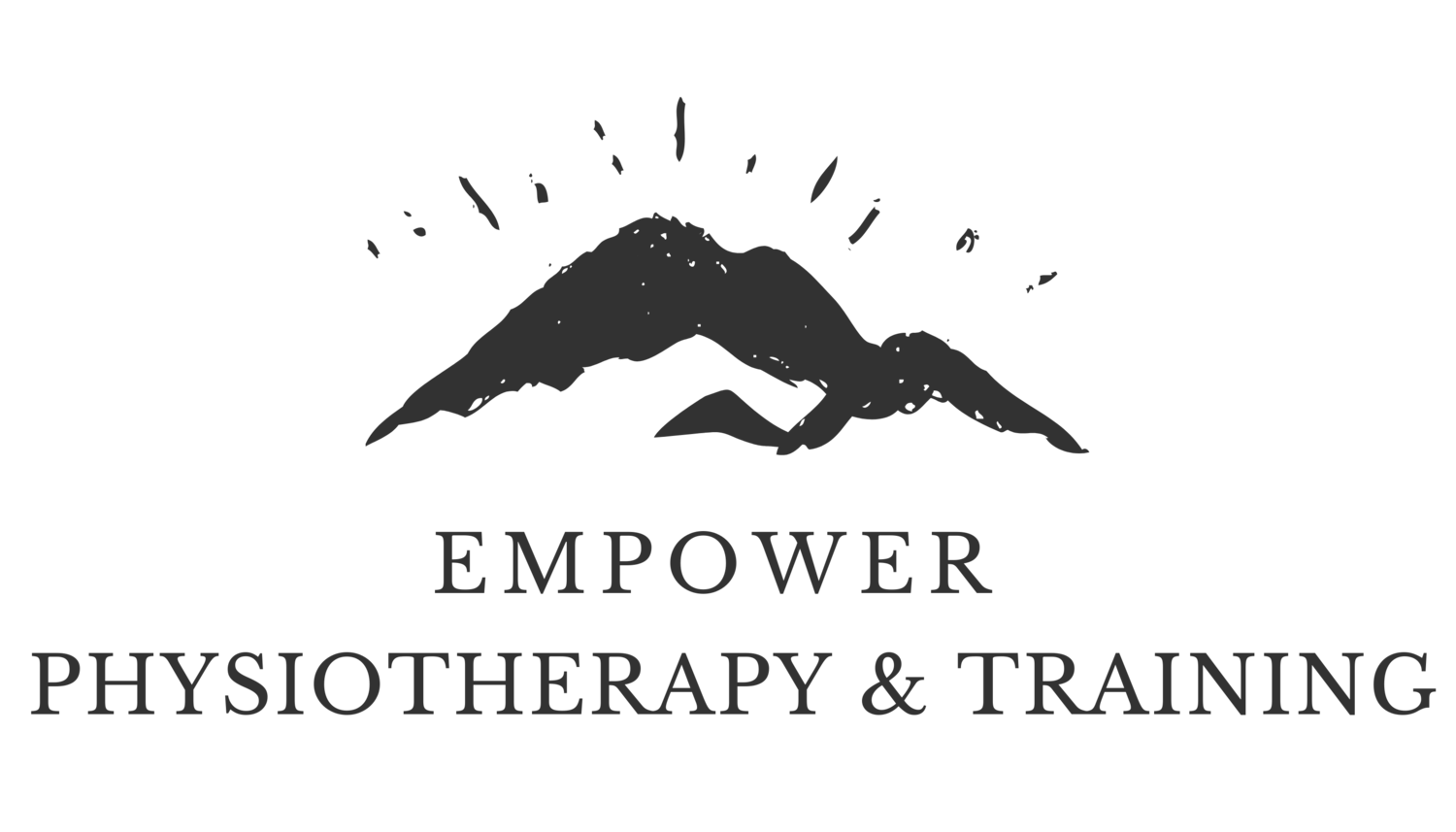Dry Needling FAQs
What is dry needling?
Dry needling is a technique used by physical therapists for treatment of pain and movement impairments. A thin needle filament is inserted into the muscle by a trained physical therapist with the intent to reduce dysfunction in the muscle on a cellular level.
How does it work?
Dry needling works by creating microscopic tears or trauma in the muscle. This increases blood flow and facilitates the healing process for tissues to create new growth. Different applications with and without electrical stimulation (like a TENS unit, but attached to the needle instead of an electrode pad) can be used to increase blood flow, improve muscle contraction, reduce muscle tension, and modulate pain. There’s a lot of physiology behind how this works - I’m happy to explain further if you’d like more details!
Is it safe?
Yes. The state of Colorado requires licensed physical therapists to complete 48 hours of continuing education specific to the technique and application of dry needling. All licensed physical therapists are well versed in human anatomy in addition to proper safety precautions. We follow all OSHA standards and use high-quality personal protective equipment to prevent the spread of communicable diseases.
Who can benefit?
Anyone dealing with muscle tightness, trigger points, headaches, chronic pain, low back pain, muscle spasms, tendonitis, etc. Dry needling can also be used as a recovery tool during periods of increased training intensity or following increased physical activity like running a marathon.
Do I need a physical therapy appointment first?
Not necessarily. Things like headaches, plantar foot pain, low back pain and muscle aches often respond very well to a few dry needling sessions. Every case is unique, but more often than not a quick screening can determine if dry needling will help your current situation. Set up a session today to get relief - calendar.
